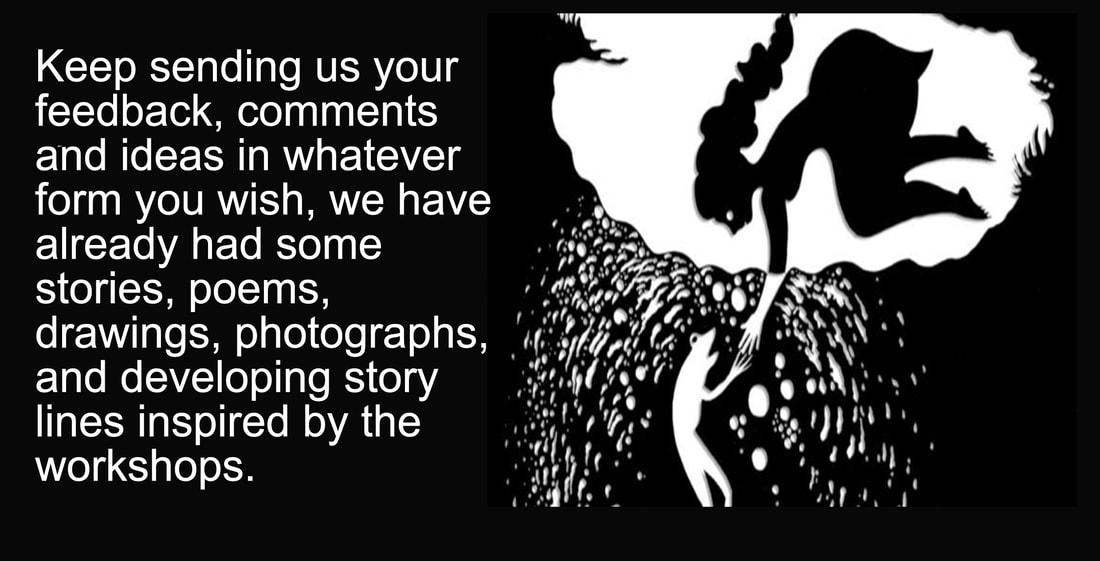 19th March 2019 Devising with Movement Workshop We had some great discoveries in our devising workshops. It does feels very much like a discovery exercise, almost like the play is already there, we simply have to unearth it. Everyone who has attended has made interesting contributions and there has been nothing but positive feedback. If you've not been along yet, do give it a go, it's one of the most rewarding parts of the process. There were twenty people at the March 19th workshop. We first invited Nigel Stapple to talk about the Rocks. Nigel described himself as a ‘Landscape Investigator’. He is a member of a group called Wicked Archaeology. He said that he believes the area around Toad Rock is a prehistoric ritual site. There has been a cluster of Mesolithic finds. Mesolithic people lived 6000 to 8000 years ago. Springs and water were venerated at that time and he believes the site was venerated. He believes there is a stone circle directly behind Toad Rock. In 1900 the stone circle existed on maps. Nigel thinks the stone circle may have been a barrow not necessarily for people but possibly for buildings. There is also a passageway behind Toad Rock where there are 2 levels of erosion one possibly caused by bare feet and sandals and the other by modern day harder shoes form the 1800’s onwards. There may also be a semi stone circle below Toad Rock; because it’s so large it can only be seen from above. Nigel thinks man may well have formed The Toad as it is so different from any other natural rock formations. Ancient people liked steep banks as they saw them as the world turned upside down (Happy Valley). Rusthall was originally called Hungershall. Medieval quarrying involved splitting stones for stone circles etc. There is no evidence of modern quarrying. Demand for stone started in 1650’s. Qualified archaeologists have overlooked the site. Wellington rocks were heavily quarried in the 1800s so the hotels on Mount Ephraim would have a better view. . The Language of the Rocks The group began imagining and exploring how the Stone people communicated, and played with communication by tapping stones together, finding rhythms and speech patterns. A Victorian guidebook refers to a blood stone, a rock that bled. It’s location is now unclear but we surmised it was the soul or spirit of the rocks that had been stolen by a fossil hunter. Under David Brett’s direction the group developed a soundscape telling the story of the rocks waking and chirping like a dawn chorus, interrupted by a new and threatening sound; the fossil hunter hammering at the blood stone, followed by the screams and sounds of anguish as it’s ripped from the rocks. We developed the idea that it might have been a quarryman that the rocks refer to as the Memory Hunter. The loss of the blood stone has silenced the stones, they can no longer share their knowledge with us, and we have lost touch with the earth. This was all a good 'warm-up' to the upcoming full day "Devising with Music Workshop.'. We Need you pictures to create a Storyboard We need pictures, drawings or photo's so we can create a storyboard at the end of the devising process. We are not looking for great art, or brilliant drawings, just an image with a title of ideas or moments from the workshop or stories and comments on these blogs. If we have a good collection of images by for the weekend composition workshops on May 18th - 19th we can make a storyboard and find an order for the scenes, see where the gaps are and get an overview of the whole play. Roddy Maude Roxby sent these pictures of pebbles with faces, a Stone figure with a child and a carved head.
0 Comments
Leave a Reply. |
DIRECTOR'S
|
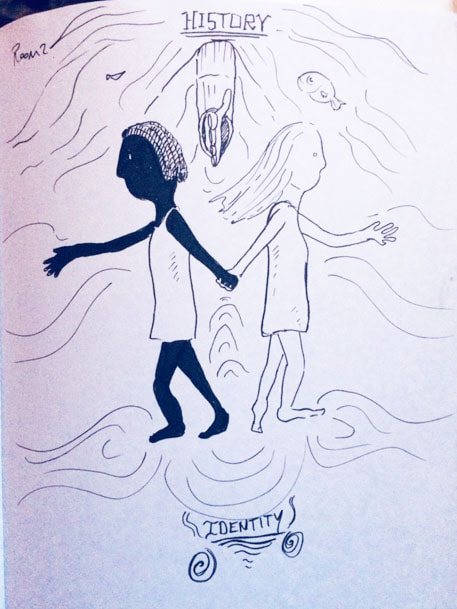
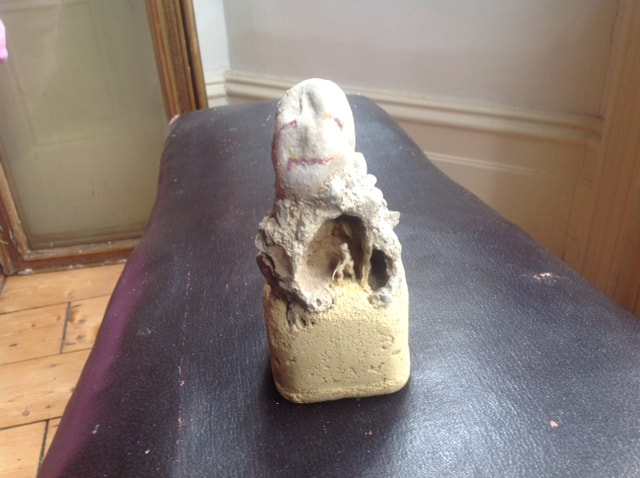
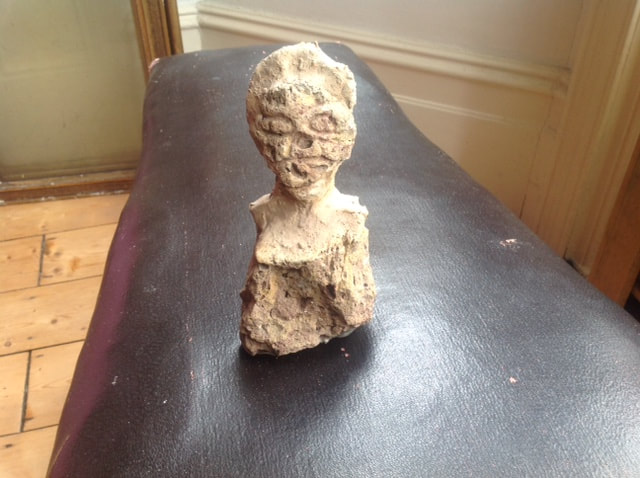
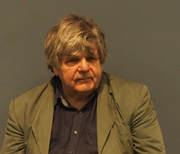
 RSS Feed
RSS Feed